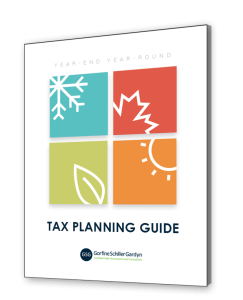Persuading your working children to make retirement contributions may not be easy, but investments in Roth IRAs may be the wisest possible use of their earnings. The nature of Roth IRAs, coupled with the effects of long-term compounding, can create exceptional returns on such early investments.
Although contributions to Roth IRAs are not deductible, earnings within the accounts (such as interest or dividends) are not taxed and qualified withdrawals are completely tax-free. Tax-free compounding can result in sizable accumulation in a Roth. For example, if a 15-year-old contributes $2,500 for each of four years, and the account earns 5% annually, the fund will be worth about $85,000 when the child reaches age sixty.
It‘s generally best to leave IRA funds untouched until retirement, but if necessary, your child‘s contributions to a Roth IRA (excluding the earnings) can be withdrawn at any time without triggering taxes or penalties. This flexibility provides an advantage over a traditional IRA, where most withdrawals before the owner reaches age 59½ will be taxed and penalized.
The owner‘s ability to deduct contributions is the one advantage a traditional IRA offers over a Roth IRA. However, this feature is relatively insignificant for most young earners. The first $6,300 of a child‘s 2015 income will be entirely sheltered by the standard deduction, and any earnings above $6,300 are likely to be taxed at very low rates.
This year, most working people can contribute up to the lesser of their earned income or $5,500 to a Roth IRA. Although Roth eligibility is phased out for individuals with income above certain ceilings (e.g., $116,000 to $131,000 for a single person in 2015), a working child‘s revenue rarely will approach such thresholds.
If you‘d like to learn more about the benefits of setting up Roth IRAs for your children, contact us for assistance.
Categories: Tax




